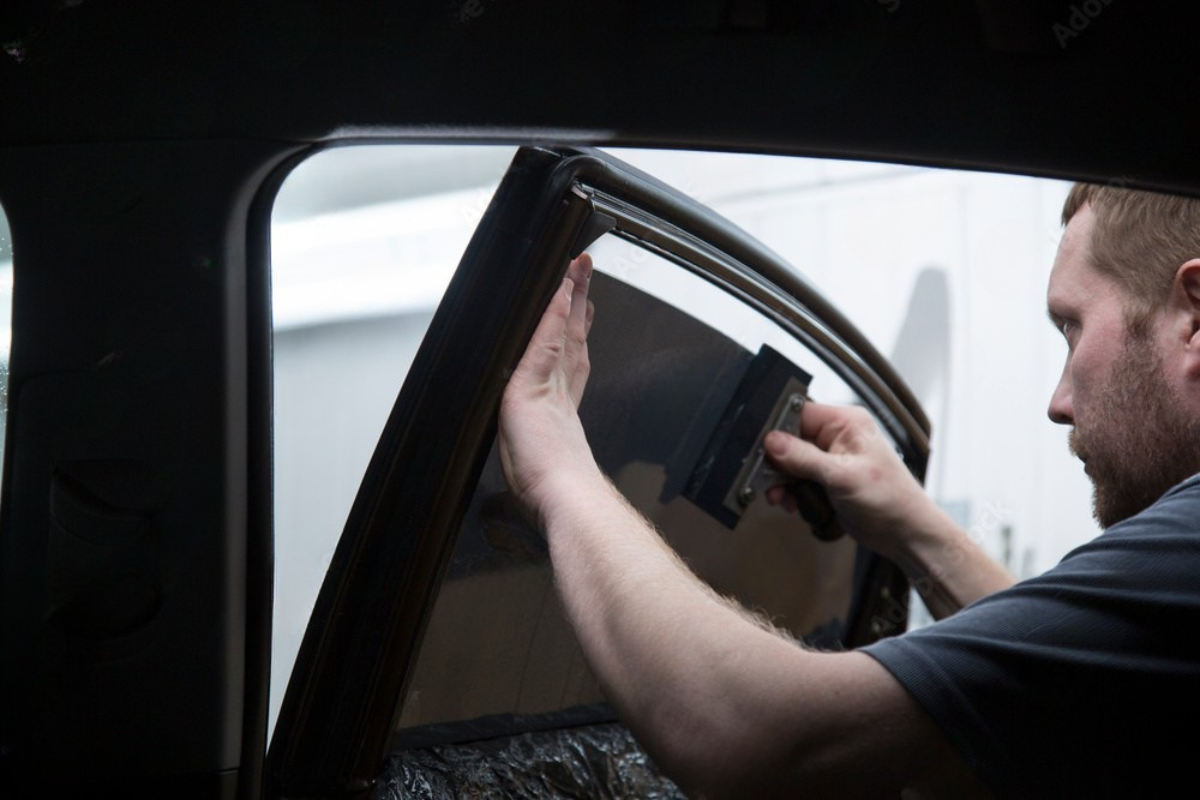Sun Damage No More: Why Window Tint Is Essential for Your Car’s Interior
Understanding the Effects of Sun Damage on Car Interiors
Every time you park your car under the blazing sun, you’re unknowingly sacrificing the interior. Prolonged exposure to ultraviolet (UV) rays and solar heat doesn't just make your seats hot—it actually causes irreversible damage. From cracking leather to bleaching your dashboard, sun damage can drastically shorten your car’s interior lifespan.
UV Rays: The Silent Destroyer of Car Interiors
Ultraviolet rays are invisible but highly destructive. They penetrate through glass and gradually degrade materials over time. Fabric upholstery begins to fade. Leather dries and cracks. Plastic surfaces lose their sheen and may even warp. It’s a silent process—often unnoticed until it’s too late.
How Sun Exposure Fades and Cracks Your Dashboard
Your dashboard is one of the most vulnerable parts of your vehicle. Direct sunlight accelerates the breakdown of synthetic polymers used in dashboards, causing brittleness and cracking. This not only looks terrible but also reduces the structural integrity of your interior.
The Science Behind Sunlight and Interior Heat Buildup
Sunlight entering through car windows creates a greenhouse effect. It heats the interior to temperatures that can exceed 130°F on a warm day. Such extreme temperatures stress your interior materials, contributing to quicker deterioration.

The Protective Power of Window Tinting
If you're tired of the sun winning the battle against your car’s interior, it’s time to consider a solution that works: window tinting.
What Is Automotive Window Tint and How Does It Work?
Window tint is a thin, multi-layered film applied to the interior surface of vehicle windows. These films are designed to block UV radiation, reduce glare, and filter out infrared heat. Depending on the tint type, it can reflect, absorb, or scatter sunlight, significantly reducing interior damage.
How Tinted Windows Block Harmful UV Rays
Modern tints, especially ceramic and carbon-based films, can block up to 99% of harmful UV rays. This level of protection helps slow the fading of fabrics and prevents leather from drying out and cracking.
Reducing Interior Temperatures With Window Tint
By limiting the amount of heat that enters the vehicle, window tint helps maintain a cooler interior, even when parked under the sun. A reduction of just 20-25°F inside the car can make a world of difference in protecting delicate materials and enhancing comfort.
Key Benefits of Window Tint for Your Car’s Interior
Installing window tint isn’t just about style—it’s a strategic decision to extend the life and value of your vehicle.
Preserving Upholstery and Leather Quality
UV rays bleach cloth seats and cause leather to shrink and crack. Window tint preserves the original color and flexibility of these materials by acting as a sunshield, keeping your interior looking newer, longer.
Preventing Dashboard Warping and Cracking
A tinted windshield and side windows greatly reduce the chances of your dashboard warping from extreme heat. This not only preserves the interior's appearance but also ensures safety features (like airbags) operate correctly.
Enhancing Interior Longevity and Resale Value
Maintaining a pristine interior can boost your vehicle's resale value. When potential buyers see a well-kept cabin, it reflects overall car care. Tinted windows are often a desirable feature, both aesthetically and functionally.
Comparing Tint Types and Their Protection Levels
With so many tint options available, choosing the right one can be confusing. Let’s break it down.
Dyed vs. Metalized vs. Ceramic Tints
Type UV Protection HeatReduction Durability Cost
Dyed Moderate Low Fair Low
Metalized High Good Good Medium
Ceramic Excellent Excellent Excellent High
Ceramic tint is often recommended for those prioritizing sun protection and interior preservation.
Which Window Tint Offers the Best UV Protection?
Ceramic window tint leads the pack with up to 99% UV rejection. Although it's more expensive, the level of protection and comfort it provides is unmatched.
Legal Tint Percentages and What They Mean for Protection
Different regions have varying laws on tint darkness (VLT - visible light transmission). While darker tints often offer more privacy and glare reduction, even lighter ceramic tints can block high UV levels. Always check your local laws before tinting.
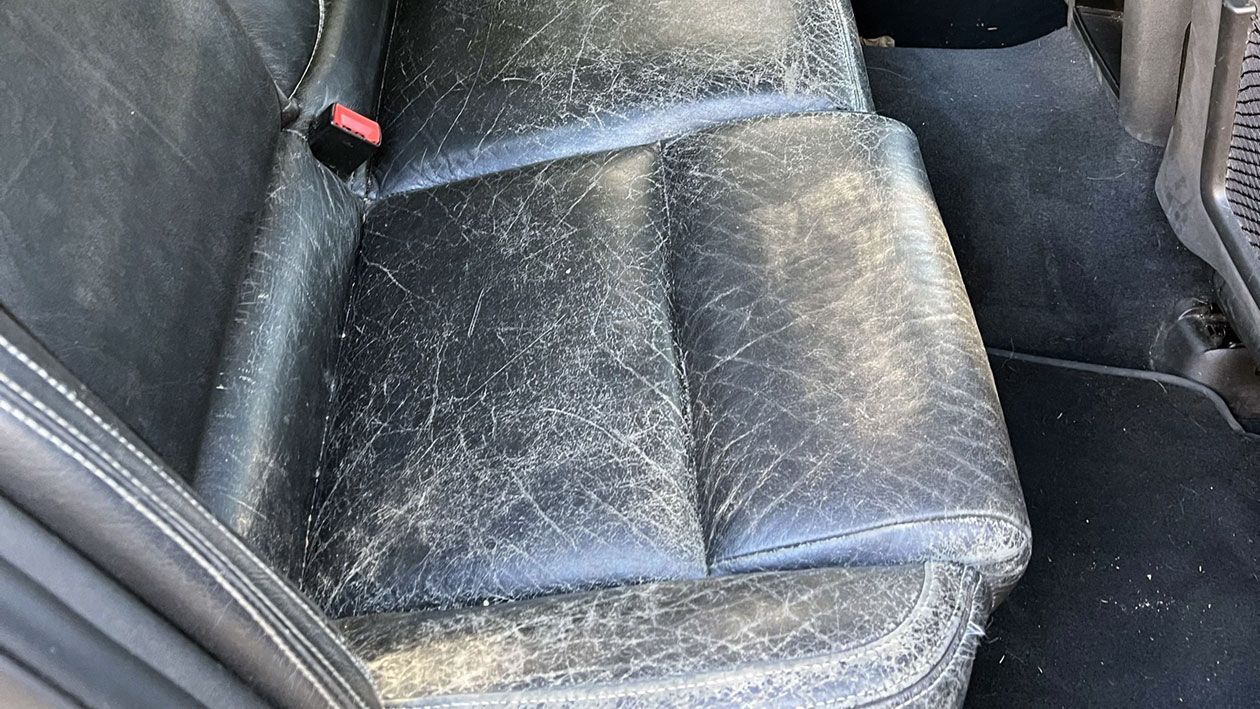
Installation Matters: Getting the Best Tint Job
Even the highest quality tint won’t help if it’s installed poorly.
Why Professional Installation Is Key
Bubbles, peeling, and uneven tint lines are signs of a bad job. A professional installer ensures clean, precise application that lasts for years. DIY kits may seem cheaper, but often result in inferior performance.
What to Expect from a Mobile Window Tinting Service
Want convenience and quality? A Mobile Window Tinting Service brings expert installation right to your driveway. These services are fully equipped to provide professional-grade results at your convenience.
How to Choose the Right Installer for Long-Lasting Tint
Look for certified installers with a good reputation, warranty options, and experience working with your type of vehicle. Reviews and referrals go a long way in finding trustworthy providers.
Maintenance Tips to Maximize Tint Effectiveness
Keeping your window tint in top shape is essential to extend its protective benefits.
How to Clean Tinted Windows Safely
Use ammonia-free glass cleaners and soft microfiber cloths. Avoid abrasive sponges or harsh chemicals that can scratch or weaken the film.
Signs of Tint Degradation and When to Replace
If you notice bubbling, discoloration, or peeling, it’s time for a replacement. Quality tint typically lasts 5–10 years, depending on climate and exposure.
Sun Damage No More: Final Thoughts
Your vehicle is an investment—protecting its interior is a smart way to retain its value and appearance. Window tint doesn’t just add aesthetic appeal; it’s your best defense against the relentless sun. With modern options like ceramic films and mobile tinting services available, there’s no reason to let UV rays ruin your ride.
FAQs
Does window tint really block UV rays completely?
Top-tier tints like ceramic films can block up to 99% of harmful UV rays, offering significant protection for your car’s interior.
How long does car window tint typically last?
High-quality tints can last between 5 to 10 years or more with proper installation and maintenance.
Can I get my car tinted anywhere, or do I need a licensed shop?
It’s best to use a certified professional or reputable service like a
Mobile Window Tinting Service to ensure proper installation and adherence to local laws.
Is tinting worth the investment for older cars?
Absolutely. Tinting protects interiors regardless of the vehicle’s age and can even enhance its resale appeal.
Will tinting reduce my car's air conditioning use?
Yes. By keeping your car cooler, tint reduces the need for excessive AC use, improving fuel efficiency.
Are there mobile services for window tinting?
Yes! You can easily schedule professional tinting through mobile services. Visit the
contact page for bookings.
Links
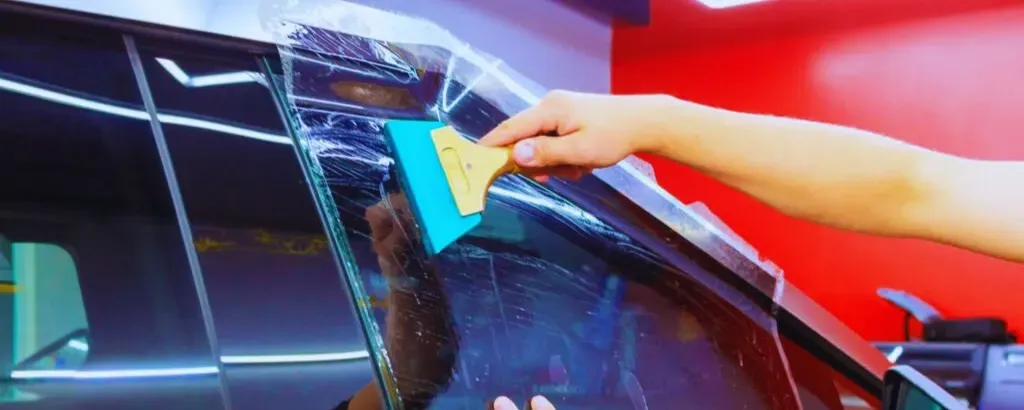
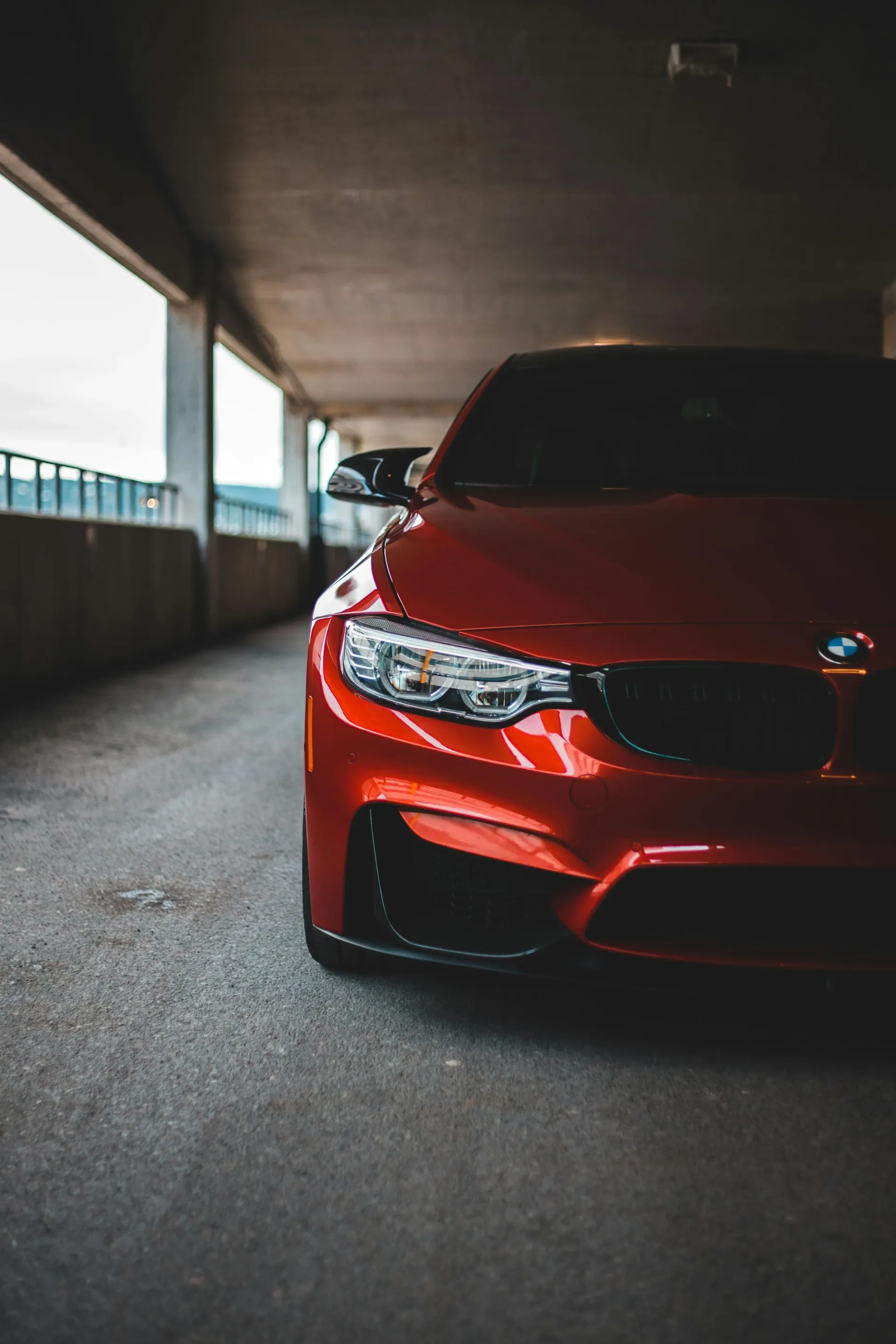
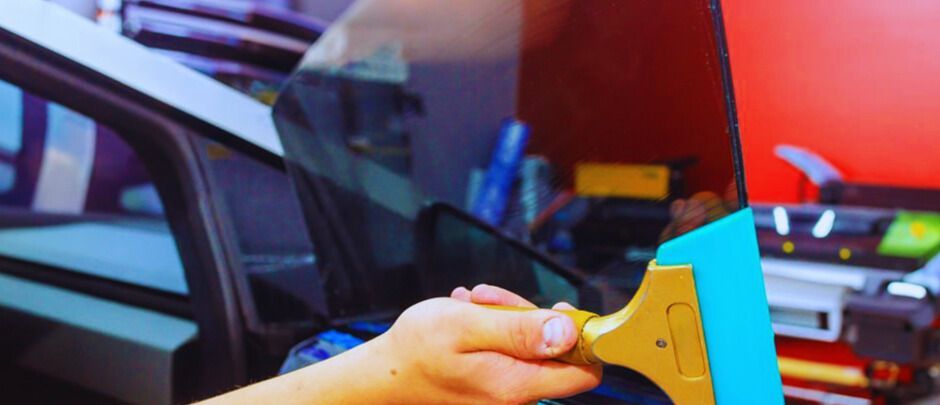
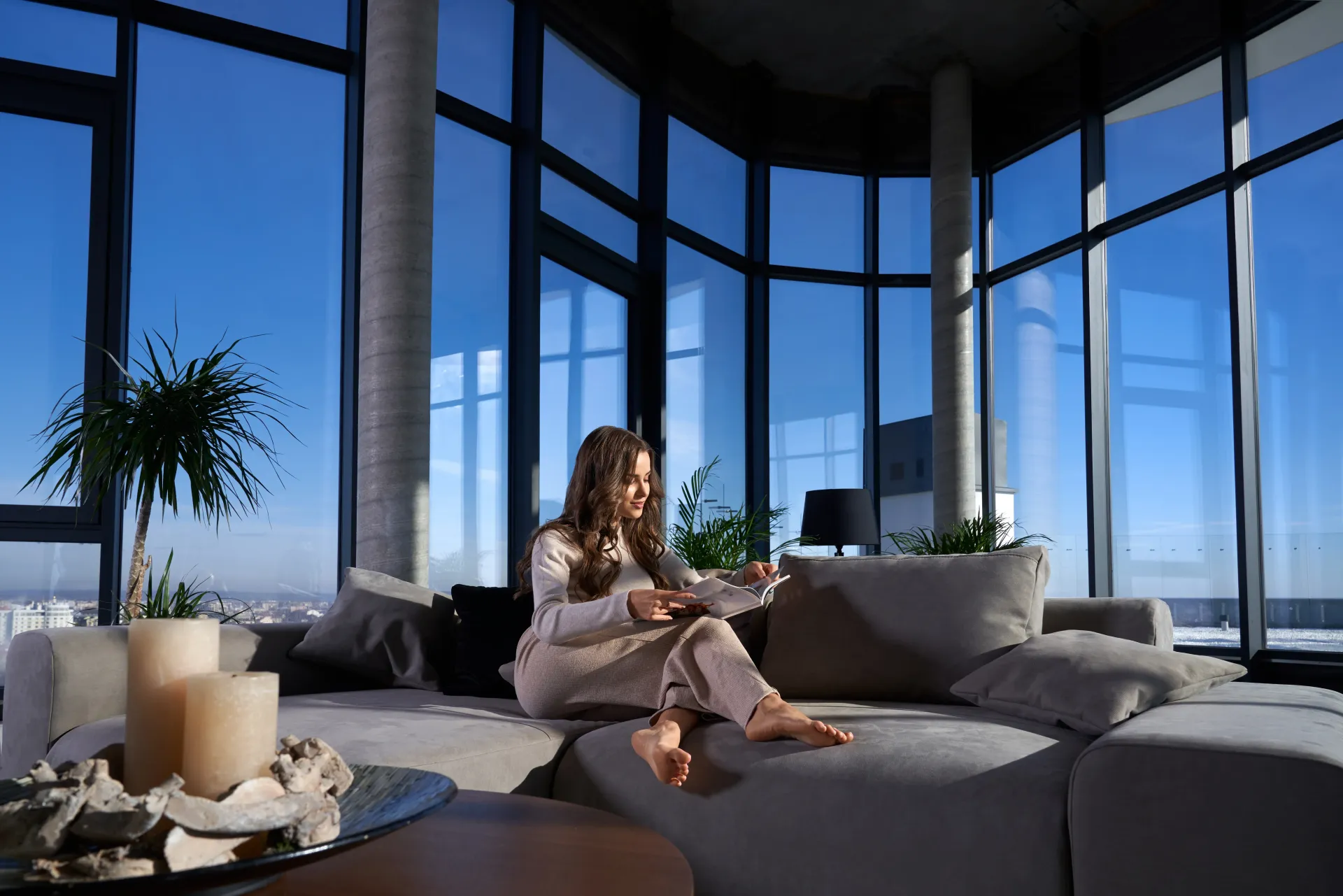

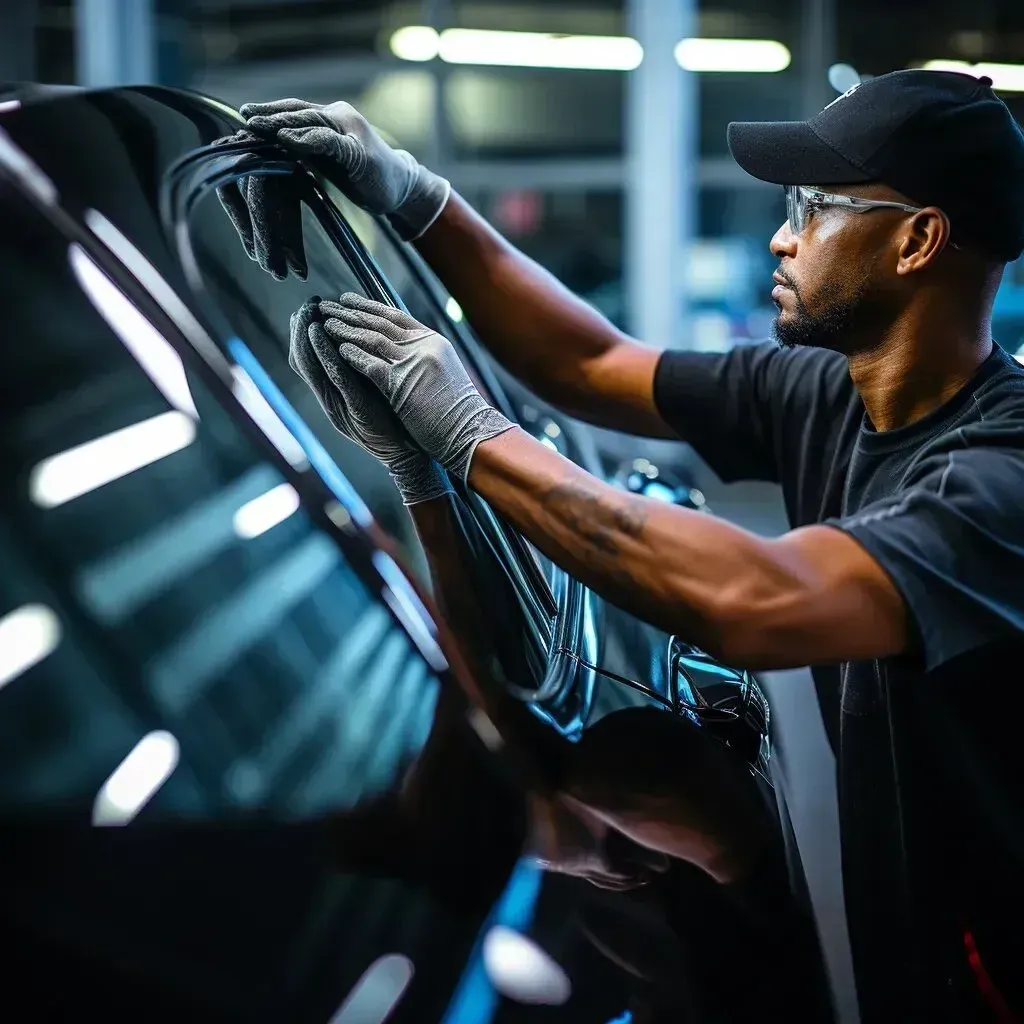

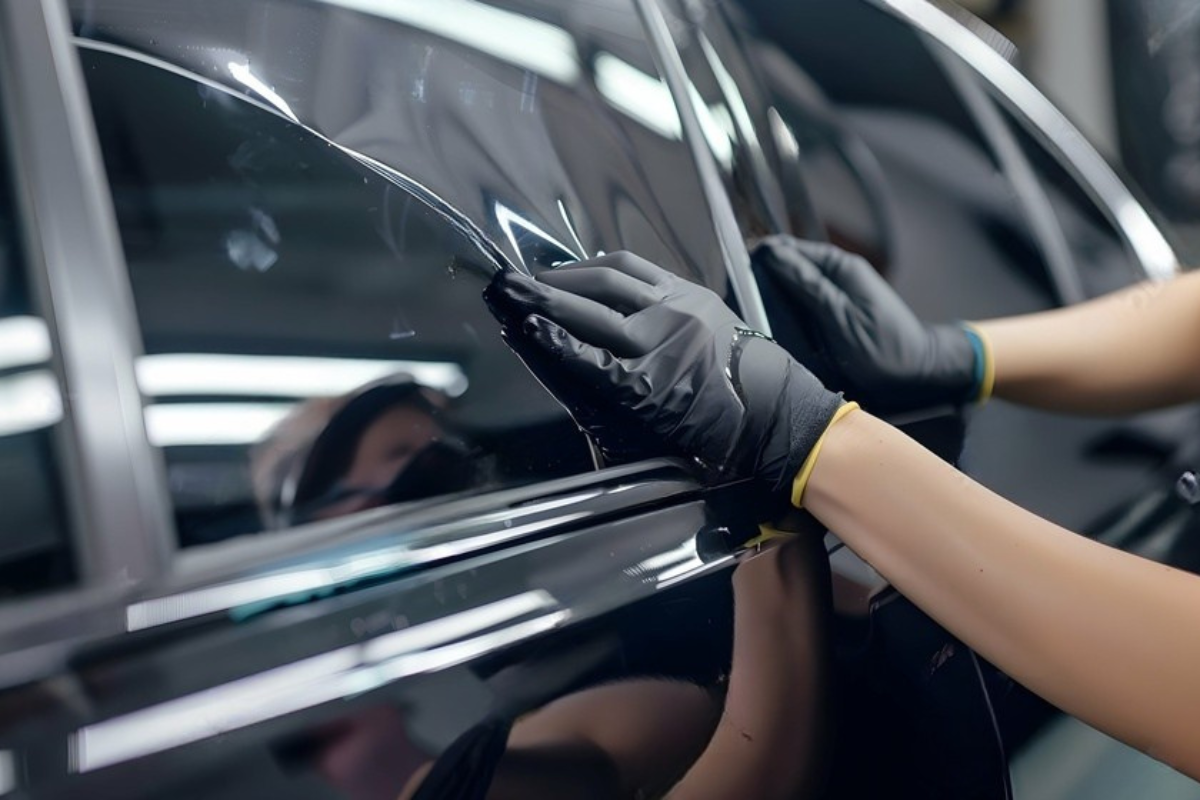
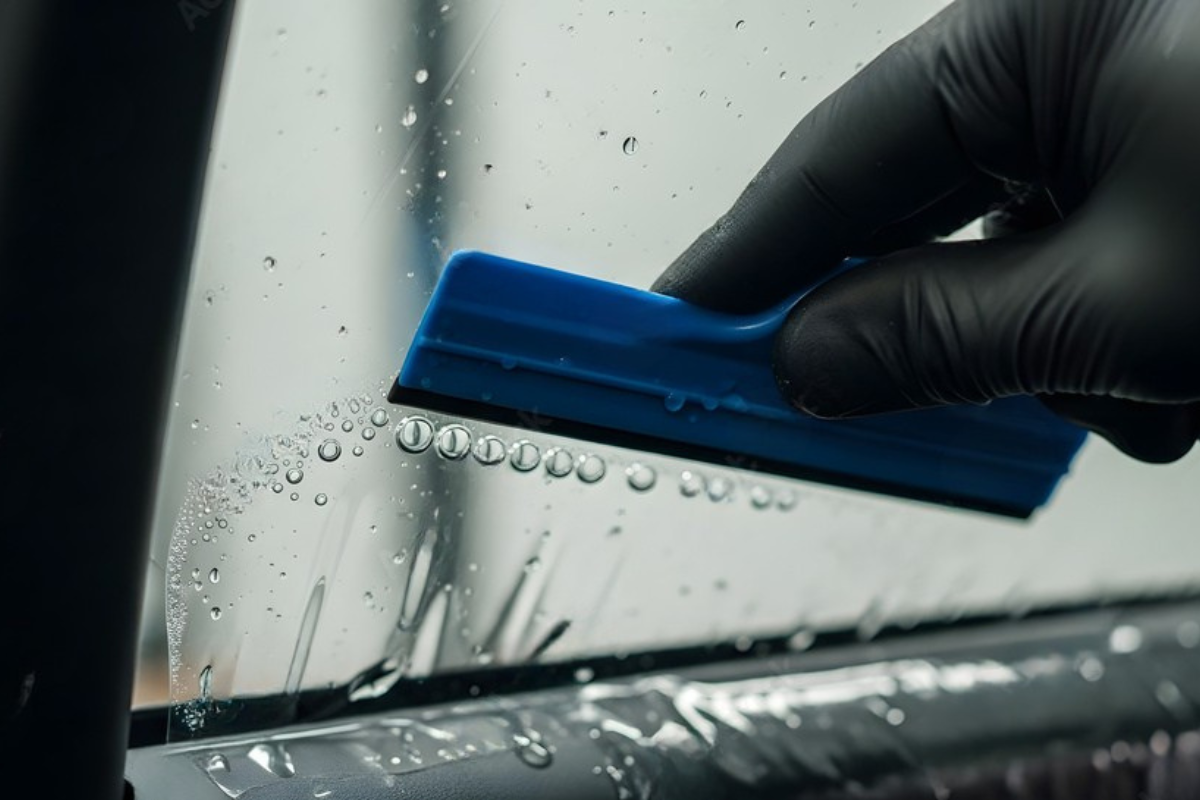
Real Results, Real Durability: Why Cudahy Drivers Trust Tint Integrity for Long-Lasting Window Films
